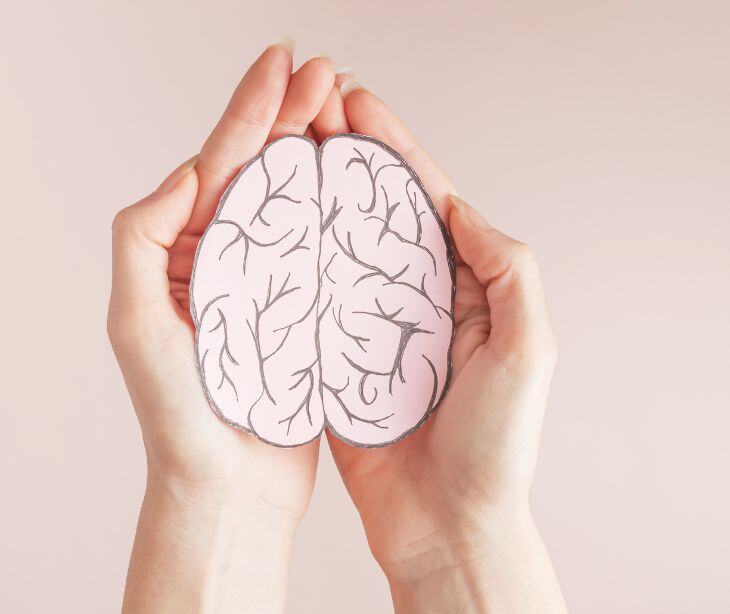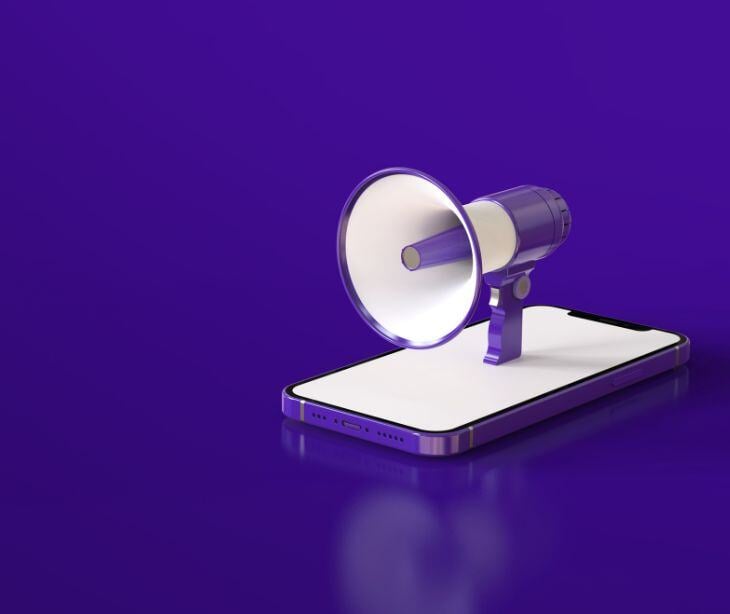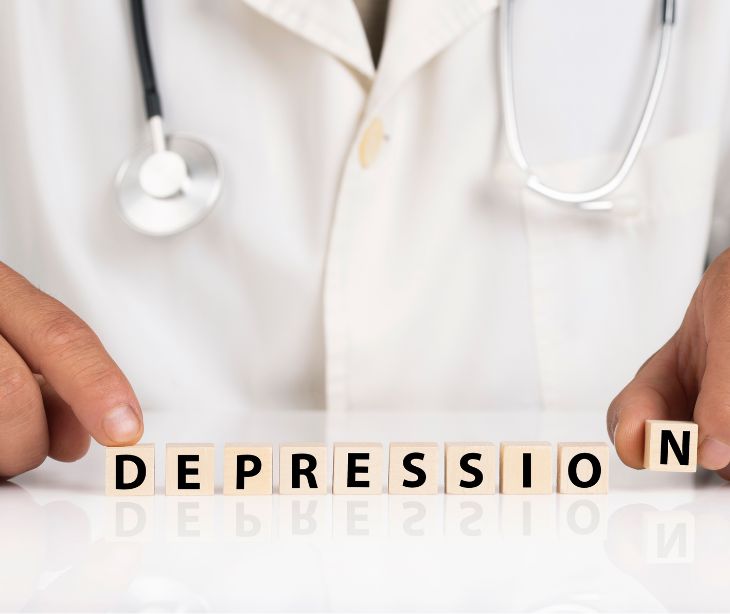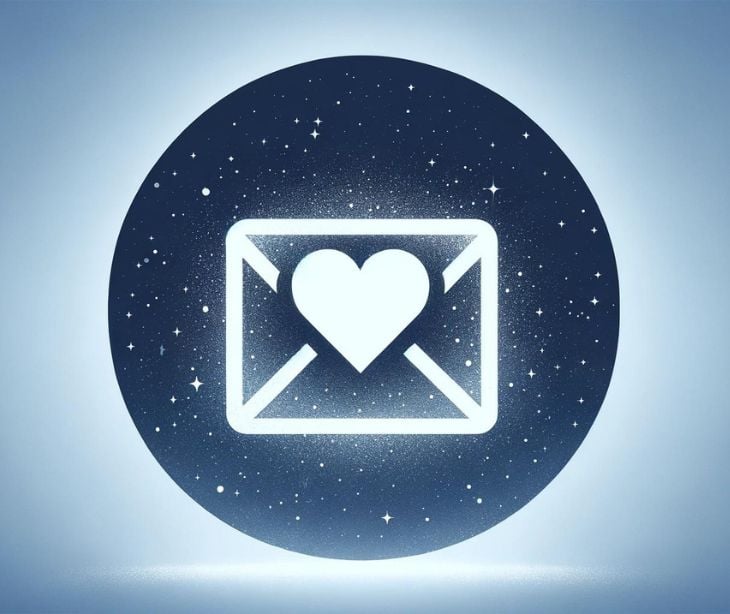
Patients can experience improvement in their mental health through the consistent use of daily activities that create a lifestyle centered around mental wellness. A holistic approach effectively addresses symptoms, boosts physical health, and enhances life quality.
Mental health practices to incorporate into daily life
Adopting easy routines such as daily exercise, mindfulness meditation, and a nutritious diet, individuals can lay a solid foundation for their mental health treatments. For instance, regular physical activity can elevate mood through the release of endorphins alleviating symptoms of anxiety and depression. According to a study by Robert Walsh, “Many TLCs not only reduce psychopathology but can also enhance health and well being.” The approach serves to create a positive backdrop for both therapy and medication.
Mindfulness meditation is another powerful tool that boosts concentration and emotional regulation, skills that are incredibly useful in therapy sessions. A well balanced diet supports brain health and can help alleviate some of the side effects associated with medications used in mental health treatments. These practices are simple to start, often feasible to introduce from the very first session of care, providing immediate and accessible benefits.
Communication as a tool for mental health professionals to facilitate this lifestyle
Mental health professionals are responsible for guiding and supporting their patients in all treatment including the transition to a lifestyle supporting mental wellbeing. They design personalized routines that include activities like exercise, meditation, and journaling. In facilitating these daily routines, email and text messaging allow for continuous, real time communication during these processes. Mental health professionals can send reminders, encouragement, and tailored advice directly to their patients, helping them stay on track with their practices. These communication methods provide a discreet and accessible way for patients to reach out when they need immediate support or have questions about their routines.
The simplicity and immediacy of email and text messaging make these tools highly effective for maintaining engagement. Patients can receive guidance and feedback in the comfort of their own homes or while on the go. For mental health professionals, these tools facilitate a more dynamic and responsive approach to care.
Best practices
Mental health professionals can support patients in fostering a lifestyle that supports mental health through the strategic use of HIPAA compliant email and HIPAA compliant text messaging. Best practices include:
- Resource sharing: Use emails to send curated resources that patients can read at their convenience. These might include articles, videos, podcasts, or infographics about stress management, healthy eating, or exercise routines specifically tailored to their needs.
- Motivational messages: Send inspirational quotes or success stories via text to motivate patients and encourage them to keep up with their mental health practices. Highlighting small wins can boost their morale and commitment to sustained health behaviors.
- Behavioral prompts: Utilize texts to remind patients about specific activities or tasks they should perform as part of their mental health routine. For instance, reminding them to meditate, journal, or complete a mood log can help keep their activities consistent.
- Mindfulness reminders: Send gentle prompts via messaging for mindfulness exercises or breathing techniques at times when they might be most needed, such as during work breaks or in the evening before bed.
- Feedback opportunities: Encourage patients to reply to texts or emails with updates on their mental health status, questions, or feedback on their treatment plan. This two way communication fosters a collaborative relationship.
- Therapeutic challenges: Issue small, manageable challenges through messages, like trying a new relaxation technique or engaging in a social activity, which can help patients step out of their comfort zone in controlled, healthy ways.
- Celebration of milestones: Recognize and celebrate key milestones and improvements through messages. Celebrating progress, no matter how small, can improve a patient’s motivation and engagement.
- Crisis management support: Offer clear instructions via email or text on what actions to take or whom to contact in a crisis. Ensuring patients have easy access to crisis management resources can be necessary in times of acute stress.
See also: Top 12 HIPAA compliant email services
FAQs
What is a crisis management plan?
A crisis management plan is a predefined set of procedures and guidelines designed to help individuals respond effectively to emergency situations.
When can emails contain PHI?
Emails can contain PHI (Protected Health Information) when they are sent within a secure HIPAA compliant system.
When can a text message include PHI?
Text messages can include PHI if they are transmitted over secure, encrypted platforms that meet HIPAA compliance standards to protect sensitive health information.
Subscribe to Paubox Weekly
Every Friday we'll bring you the most important news from Paubox. Our aim is to make you smarter, faster.



